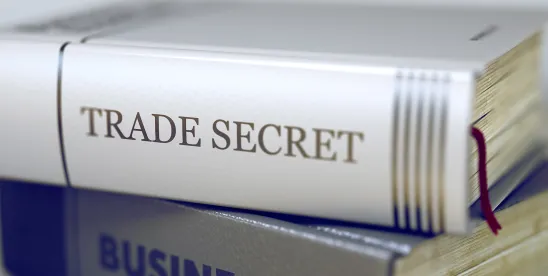On August 12, 2025, the Ninth Circuit Court made a significant ruling in the case of Quintara Biosciences, Inc. v. Ruifeng Biztech, Inc., determining that the Defend Trade Secrets Act (DTSA) does not require plaintiffs to identify allegedly misappropriated trade secrets with high specificity at the pleading stage. This decision contrasts sharply with the California Uniform Trade Secrets Act (CUTSA), which mandates that plaintiffs disclose trade secrets with “reasonable particularity” before discovery begins. The Ninth Circuit’s ruling may influence how trade secret claims are approached within its jurisdiction.
Quintara Biosciences accused Ruifeng Biztech of misappropriating eleven trade secrets, which included customer databases, vendor information, marketing strategies, and new product designs. Initially, the district court directed Quintara to provide a detailed summary of these trade secrets, emphasizing their independent economic value and the measures taken to keep them confidential. Ruifeng challenged Quintara’s disclosure, leading the district court to strike nine of the eleven claims as a sanction for insufficient detail, which effectively dismissed them from consideration.
The Ninth Circuit’s ruling overturned this decision, clarifying that while CUTSA requires detailed identification, the DTSA does not impose such a strict requirement at the pleading stage. Instead, the court stated that the specificity of trade secret identification is a factual question to be resolved at the summary judgment or trial phases. The Ninth Circuit emphasized that the discovery process is iterative, allowing for refinement and clarification of trade secret claims over time.
The court noted that the district court’s actions imposed an excessive penalty on Quintara. It stated, “neither Rule 12(f) nor Rule 16 authorized the district court to strike—and functionally dismiss—Quintara’s claim to nine of its trade secrets.” This reiterated the idea that identifying trade secrets is primarily a procedural issue, not an adjudication of the merits of the case.
The implications of this ruling extend beyond the immediate case. The Sedona Conference and the Federal Judicial Center both support the notion that trade secret identification should be a procedural tool to facilitate case management rather than a substantive hurdle to overcome before discovery.
As the Ninth Circuit’s decision unfolds, several practical considerations emerge. For plaintiffs, it may now be more appealing to pursue DTSA claims, which could afford them greater flexibility compared to state law claims requiring rigorous pre-discovery identification. Conversely, defendants may face increased discovery costs and the need for more sophisticated strategies to challenge vague trade secret definitions before summary judgment.
District courts within the Ninth Circuit may find it necessary to enhance resources for supervising the discovery process. This could involve employing phased or bifurcated discovery approaches to manage the complexities of trade secret identification effectively. Additionally, courts will need to assess trade secret identification not only procedurally but also based on substantive merits during summary judgment and trial.
The ruling does raise several unanswered questions. It does not clarify the circumstances under which a defendant might seek a pretrial remedy for poorly identified trade secrets and fails to provide guidance on managing cases where both CUTSA and DTSA claims are alleged. Furthermore, the decision does not establish a clear standard for how detailed a plaintiff must be in identifying misappropriated trade secrets.
The Ninth Circuit’s ruling in Quintara Biosciences, Inc. v. Ruifeng Biztech, Inc. highlights the distinctions between DTSA and CUTSA while intertwining procedural and substantive concerns regarding trade secret identification. As parties navigate these new standards, they can expect more iterative discovery processes and potentially novel case-management techniques from district courts in the Ninth Circuit.







